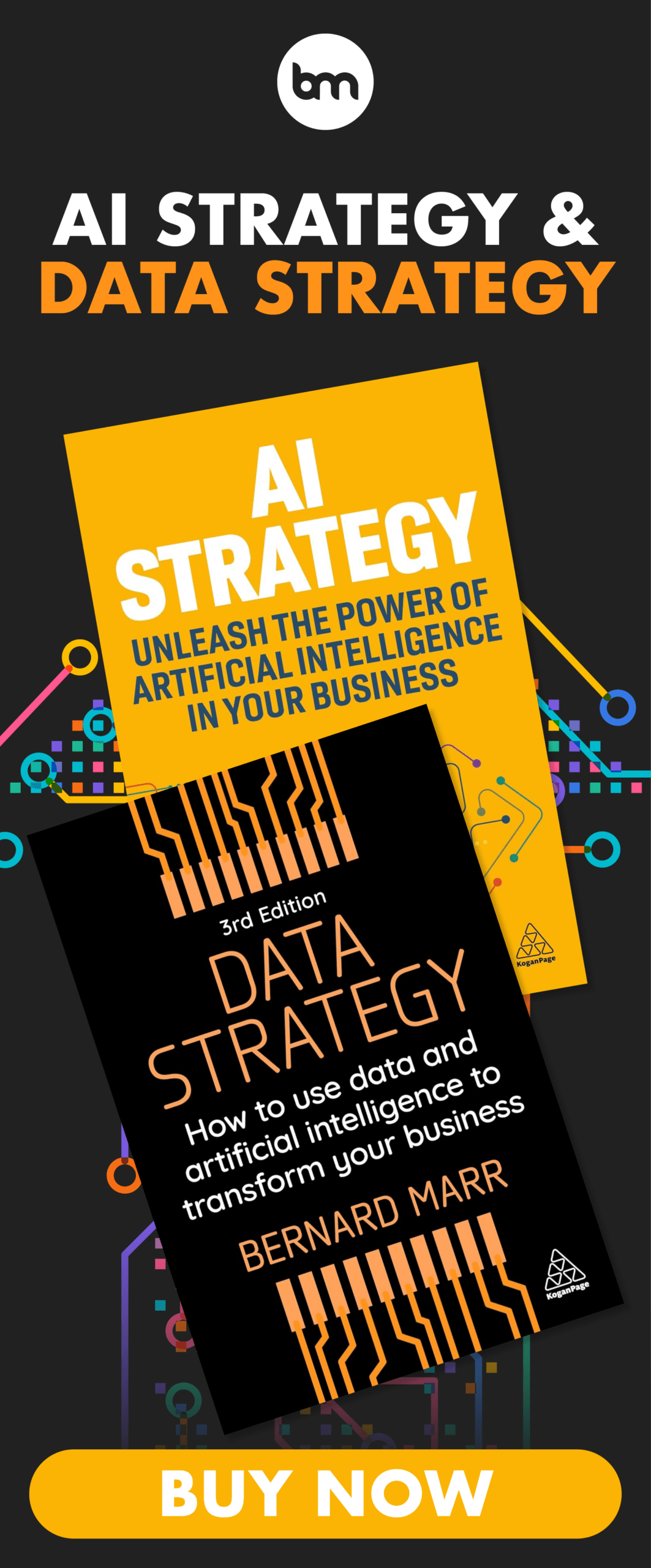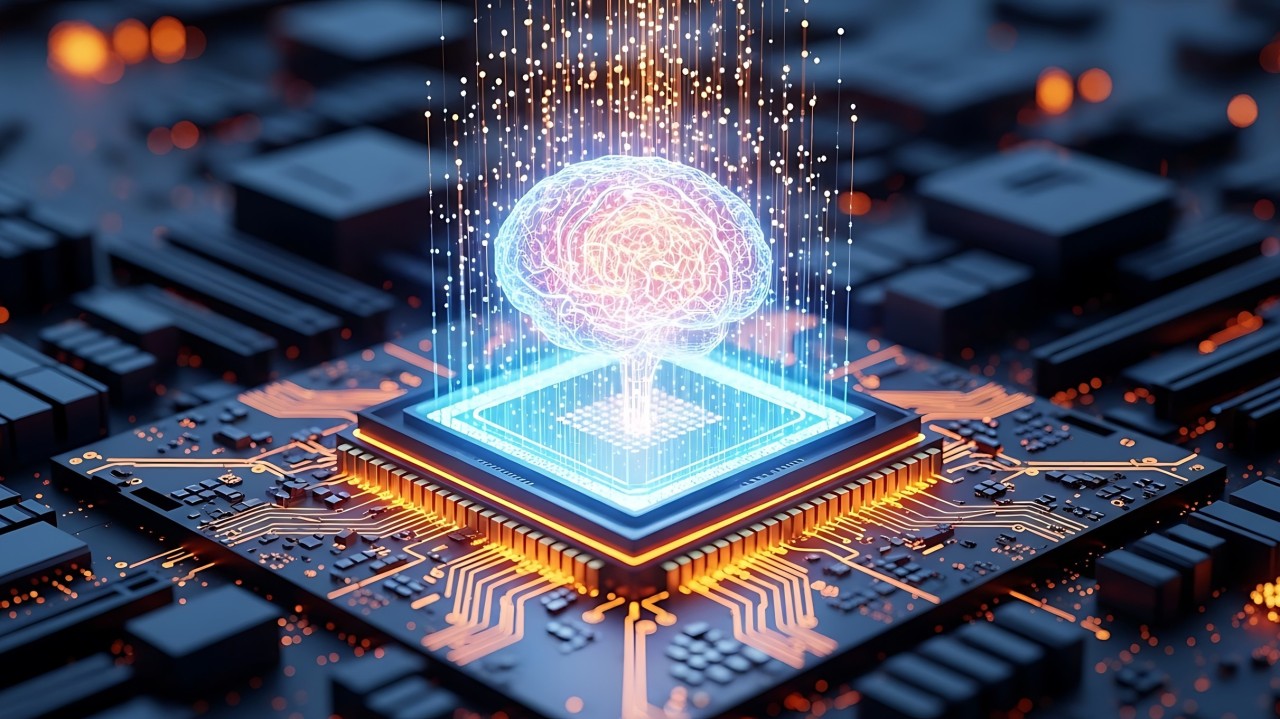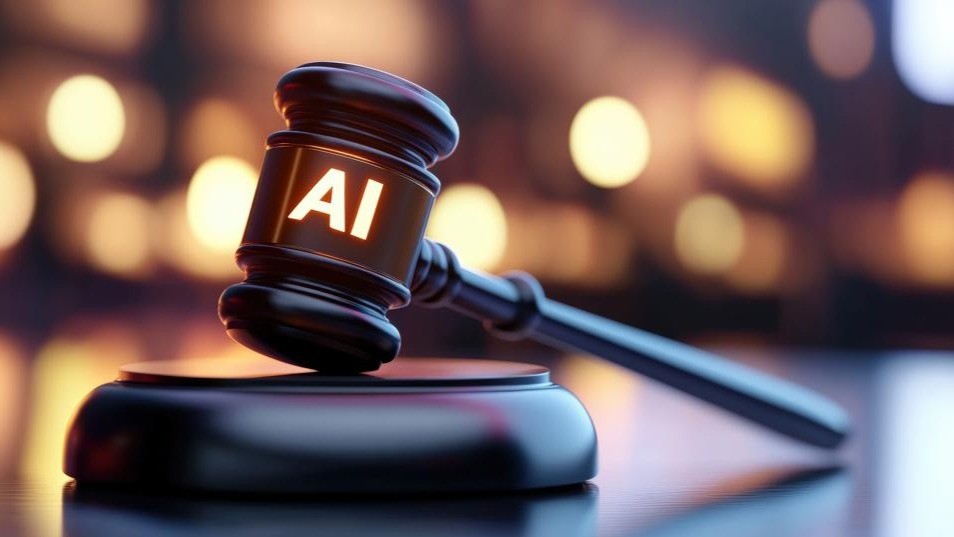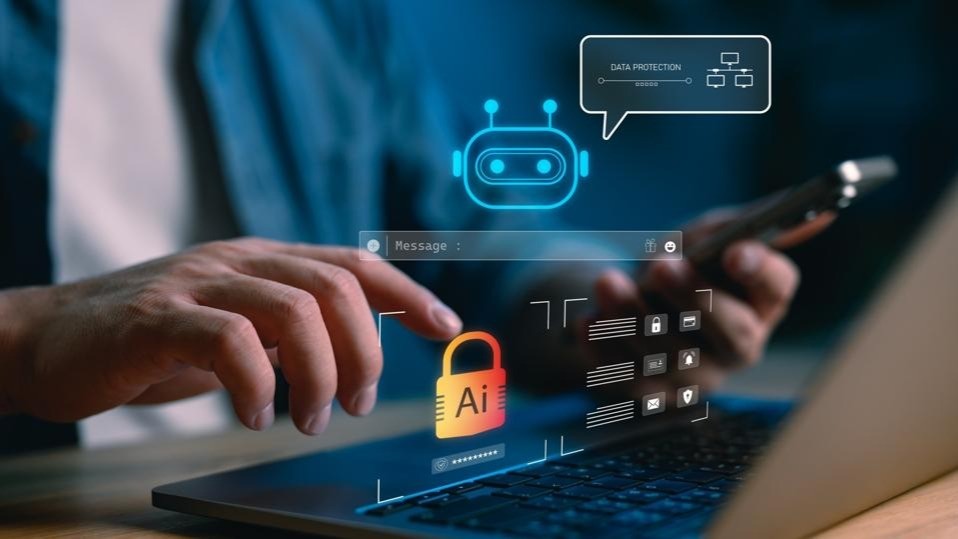Why The AI Supercycle Will Fail Without Advanced Networks
11 November 2025
Standing in one of Nokia Bell Labs’ AI labs, I watched something that fundamentally changed how I think about artificial intelligence. A robot was navigating a complex physical space, making real-time decisions about how to move, where to position itself, and how to work safely alongside human operators. What struck me was the invisible intelligence flowing through the network infrastructure that made it all possible.
This moment crystallized something I’ve been observing across industries: we’re entering an AI supercycle, and the bottleneck won’t be the algorithms. It will be the networks that connect them.
The recent announcement of NVIDIA’s $1 billion investment in Nokia and their partnership to develop AI-RAN (AI-native Radio Access Networks) for 5G-Advanced and 6G validates this thesis at the highest level. When Jensen Huang describes telecommunications as “the digital nervous system of our economy and security,” and commits to revolutionizing it through AI-RAN, it confirms what I witnessed at Bell Labs: the network transformation is no longer theoretical, it’s now a commercial reality backed by the world’s leading AI infrastructure company.
As Futurist in Residence for Nokia, I’ve spent considerable time exploring how telecommunications infrastructure must transform to support the explosive growth of AI applications. The insights are both fascinating and urgent. We’re talking about networks that need to fundamentally reimagine their role in the AI ecosystem.

The Infrastructure Nobody Sees
Here's what most people miss when they think about AI's future. We obsess over large language models, computer vision breakthroughs, and autonomous systems. Yet these innovations depend entirely on connectivity infrastructure that remains largely invisible to end users. Nokia Bell Labs Consulting forecasts that annual data demand could grow by as much as 20% in the coming years, driven by entirely new categories of data-intensive applications alongside today's video consumption.
Consider what happens when you put on a virtual reality headset. You're uploading massive streams of video data about your physical environment to the cloud for processing, then receiving augmented information back in milliseconds. The same pattern applies to autonomous vehicles, which need to share sensor data and receive real-time navigation guidance. These are the foundation of tomorrow's AI-driven economy.
Nokia CEO Justin Hotard makes a crucial point: Data centers are now being built where power is available, not necessarily where connectivity is optimal. This creates a fundamental challenge: how do you connect AI supercomputers and GPU clusters across distributed locations with the ultra-low latency and massive bandwidth these systems demand?
The answer requires rethinking network architecture from the ground up.
Networks That Sense The Physical World
One of the most compelling innovations I encountered at Bell Labs involves turning networks into sensing platforms. This goes far beyond traditional network monitoring. Nokia is pioneering approaches where the same infrastructure that carries data also perceives its environment.
In the robotics lab, I saw how AI enables machines to understand their physical surroundings with remarkable precision. Robots equipped with spatial awareness can navigate complex industrial environments, make split-second safety decisions, and collaborate with human workers far more effectively than previous generations of automation. What makes this possible is the fusion of AI processing with real-time network connectivity that can handle massive data flows with minimal latency.
This capability extends across Nokia's network infrastructure. Their work on AI-driven Radio Access Networks (RAN) and self-organizing networks demonstrates how 5G systems can simultaneously improve performance while reducing energy consumption. The network itself becomes intelligent, constantly optimizing its own operations based on usage patterns, environmental conditions, and performance requirements.
The Cybersecurity Imperative
There's a dimension to the AI supercycle that keeps me awake at night: security. As networks become more critical to AI operations, they also become more attractive targets for sophisticated attacks. Nokia's research into AI-powered cybersecurity addresses this by moving from reactive to predictive security models.
Traditional security approaches wait for threats to emerge, then respond. AI-enabled security systems can analyze patterns across vast network infrastructures to identify anomalies and potential threats before they materialize. This predictive capability becomes essential when you're running mission-critical AI applications that cannot tolerate downtime or data breaches.
What impressed me most was Nokia's emphasis on quantum-safe networks. As quantum computing advances, it will eventually break many current encryption methods. Building quantum-safe optical and IP networks now, rather than scrambling to upgrade later, shows the kind of forward thinking that separates infrastructure leaders from followers.
Autonomous Networks For An Autonomous Future
The concept that resonates most deeply from my Bell Labs visit is the idea of advanced networks built for the AI era. These networks can perceive their own performance, user demands, and environmental conditions. They can process this information using AI to make intelligent decisions about resource allocation, routing, and optimization. And they can implement these decisions autonomously, without human intervention.
This matters because the scale and complexity of future AI applications will exceed human capacity to manage manually. When you're connecting GPU clusters across data centers, optimizing 5G networks for millions of IoT devices, and ensuring microsecond-level latency for autonomous systems, human operators simply cannot react fast enough. The network must manage itself.
Where Innovation Meets Reality
What separates compelling research from transformative infrastructure is the ability to deploy at scale. Nokia's work spans the entire connectivity stack, from the optical networks connecting data centers, to the IP networks routing traffic, to the wireless networks serving end users. This end-to-end capability is crucial because AI applications don't respect the traditional boundaries between network domains.
An autonomous vehicle, for instance, needs seamless connectivity as it moves between cellular networks, processes data in edge computing facilities, and communicates with cloud-based AI systems. Any weak link in this chain undermines the entire application. Nokia's focus on building coherent, AI-optimized infrastructure across all these domains addresses a problem that fragmented approaches cannot solve.
The work on networking for AI workloads particularly caught my attention. Connecting GPU clusters and AI supercomputers requires advances in infrastructure that can handle the unique traffic patterns and performance requirements of machine learning operations. This requires fundamentally different networking optimized for how AI systems actually communicate.
What This Means For The Future
The AI supercycle is unfolding now. We're seeing the early stages of transformation across manufacturing, healthcare, transportation, and countless other sectors. But this transformation will only succeed if the underlying connectivity infrastructure evolves to support it.
Nokia's comprehensive approach to AI networking addresses both sides of the equation: networks built for AI applications, and networks optimized by AI for their own operations. This dual strategy recognizes that AI must be embedded throughout the infrastructure itself, integrated into networks rather than simply running on top of them.
My time at Bell Labs reinforced something I've long believed: the most important innovations are often the ones we don't see. Nobody wakes up thinking about network infrastructure, yet it determines what's possible in our increasingly connected world. As we enter the AI supercycle, the quality, intelligence, and capabilities of our networks will either enable unprecedented innovation or become the constraint that holds everything back.
Based on what I've seen, Nokia is betting heavily that networks must transform as fundamentally as the applications they support. Given the scale of change ahead, that seems like the only bet that makes sense.
Related Articles
Technology in Action: My Key Takeaways on How AI and Quantum Are Accelerating Global Transformation
By now, “smart” versions exist of just about every home appliance, gadget and gizmos we can think of. However, manufacturers continue[...]
8 AI Ethics Trends That Will Redefine Trust And Accountability In 2026
By now, “smart” versions exist of just about every home appliance, gadget and gizmos we can think of. However, manufacturers continue[...]
The Two-Tier AI Economy: Why Half Of Companies Are Being Left Behind And How To Close The Gap
By now, “smart” versions exist of just about every home appliance, gadget and gizmos we can think of. However, manufacturers continue[...]
5 AI-Era Skills Mistakes That Will Cost Your Business Millions In 2026
By now, “smart” versions exist of just about every home appliance, gadget and gizmos we can think of. However, manufacturers continue[...]
Dreamforce 2025 Proved The Agentic Enterprise Has Arrived
By now, “smart” versions exist of just about every home appliance, gadget and gizmos we can think of. However, manufacturers continue[...]
AI Chatbots Are Quietly Creating A Privacy Nightmare
By now, “smart” versions exist of just about every home appliance, gadget and gizmos we can think of. However, manufacturers continue[...]
Sign up to Stay in Touch!
Bernard Marr is a world-renowned futurist, influencer and thought leader in the fields of business and technology, with a passion for using technology for the good of humanity.
He is a best-selling author of over 20 books, writes a regular column for Forbes and advises and coaches many of the world’s best-known organisations.
He has a combined following of 4 million people across his social media channels and newsletters and was ranked by LinkedIn as one of the top 5 business influencers in the world.
Bernard’s latest book is ‘Generative AI in Practice’.










Social Media